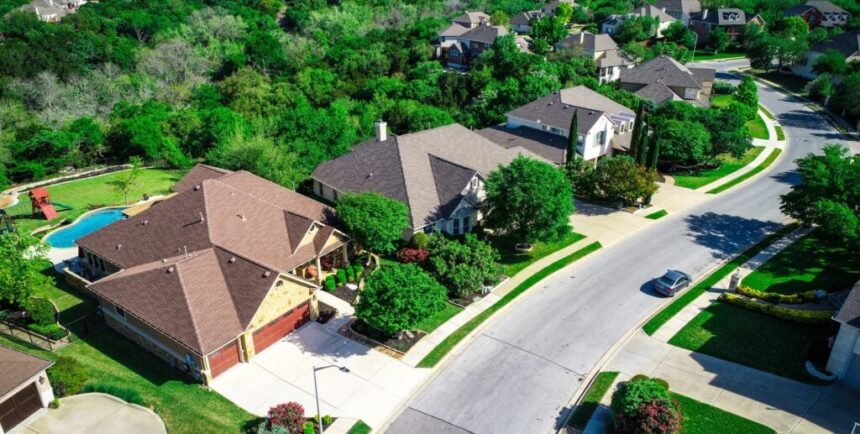The market fundamentals that have kept property values stable through 2023 may be starting to change.
Since the beginning of 2022, as interest rates have risen, supply and demand have dropped somewhat proportionately. From a cycle-high in 2022, demand has dropped about 40%.
But supply has actually dropped further—about 45%. When this happens, prices can remain relatively stable while volume drops. This is exactly what we’re seeing—prices are up about 3% year over year, while volume is 16%.
A Look at Supply and Demand
In just the last few weeks, supply and demand are starting to move in opposite directions. One of the best lead indicators for housing supply is new listings (how many new properties are listed for sale each month).
Looking at the graph, you can see two critical things are happening. First, new listings, which have been well below 2022 levels all year, just exceeded 2022 levels for the first time. Secondly, new listings typically decline seasonally toward the end of the year. This year, that’s not happening—or at least not yet.

Of course, this is a very recent trend, but this could lead to increases in inventory, days on market, and total supply. In the chart from Redfin below, you can see that active listings (how many properties are for sale in a given week) are following a very similar pattern. Active listings have been climbing for months now and are not currently showing any sign of seasonal declines.

Increasing supply doesn’t necessarily mean there will be downward pressure on pricing if demand follows the same trend. The problem is that demand is going in the other direction. According to the Mortgage Bankers Association, demand continues to deteriorate and is now at the lowest point since the mid-1980s.

What’s the Effect on Pricing?
When you look at recent supply and demand trends together, we should all expect downward pressure on pricing—at least on a national level.
Although these indicators suggest prices will be pushed down a bit, I find it unlikely that they will turn negative on a year-over-year basis through the end of 2023 because prices corrected at this time last year. So when comparing 2023 numbers—even if they come down a bit in the coming weeks—to 2022 numbers, they are likely to remain positive.
As you look at this chart, you can see that prices were in a mild correction in Q4 2022 and into Q1 2023. Then, prices recovered and eventually turned positive this summer.
So, while I think it’s unlikely we will see negative prices on a national level this year or even in the beginning of 2024, the real test will come in March or April 2024. This is the time of year when prices typically start their seasonal decline. Yet since we’re seeing some indicators buck their normal seasonal patterns, there’s no guarantee prices will take off next spring like they normally do.

The potential for a modest price correction in the coming months does pose a risk for investors. But it also creates opportunity! Remember that rising inventory and days on market shift the balance of power in the market. When there are more sellers than buyers, the buyers who remain have leverage and negotiating power—this is often how great deals are made.
The Bottom Line
My advice? Be careful and diligent, but keep an eye out for good deals—I suspect we’ll see more opportunities during the cold winter months.
Ready to succeed in real estate investing? Create a free BiggerPockets account to learn about investment strategies; ask questions and get answers from our community of +2 million members; connect with investor-friendly agents; and so much more.
Note By BiggerPockets: These are opinions written by the author and do not necessarily represent the opinions of BiggerPockets.








